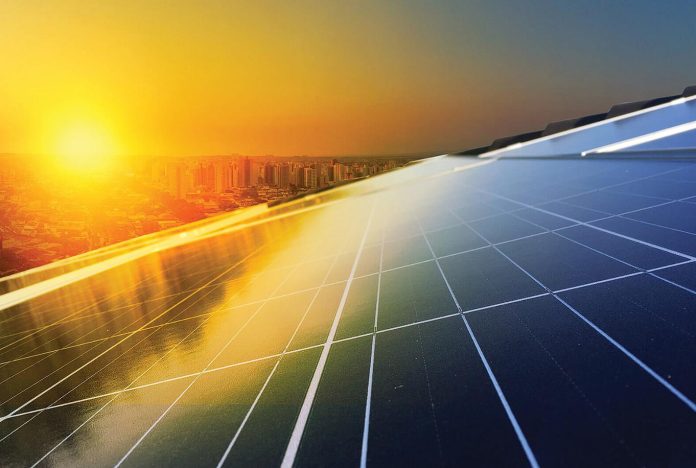Australia announced the ambitious plan for the creation of one of the world's largest renewable energy complexes - Western Green Energy Hub. This grand project will combine solar and wind energy, and will become an important producer of "green" hydrogen and ammonia. Already, it is of great interest because of its large -scale goals and impact on the country's energy sector.
Western Green Energy Hub will be located in the vast territory of Dandas County and the cities of Calurli-Bowlder in the southeast of Western Australia. According to the plans, the area of the project will be 2.2 million hectares, which exceeds the size of countries such as Slovenia or Salvador.
The project involves the installation of 60 million solar panels and 3000 wind turbines with a capacity of 7 to 20 MW each. With the combination of solar and wind power, Western Green Energy Hub will be able to produce 70 GW of electricity - 20 GW more than it has been planned earlier.
One of the key characteristics of the project is the production of "green" hydrogen. With the help of electrolyzers and special infrastructure, which is built on the facility, it is planned to produce up to 330,000 tons of hydrogen per year after the first phase is completed, and up to the end of the project - up to 3.5 million tons per year.
This will be an important step towards achieving the environmental goals of Australia and the global development of hydrogen energy, because "green" hydrogen is a hydrogen made without the use of fossil energy, which is an important factor in combating climate change.
Another interesting part of the project is the production of "green" ammonia, the main consumer of which will be export. This will be an important area for the development of the Australian economy, as well as to meet the needs of international markets in renewable energy. Green ammonia, made using environmentally friendly energy, has considerable potential in the field of energy, fertilizers and other industries.
The cost estimate is over $ 100 billion in Australian. It is estimated that, after completion of the Western Green Energy Hub Project, it will produce more than 200 TWT-hours of renewable energy annually-a volume that is approximately corresponding to the current production capacity of all Australia.
This project will be an important step for Australia to ecological sustainability and energy independence. In addition, it can significantly reduce dependence on traditional energy sources, such as coal and natural gas, creating new opportunities for environmental preservation.
Western Green Energy Hub is not just a project of renewable energy, it is a real revolution in the Australian energy sector and an important stage in the development of a global hydrogen economy. Due to the huge investment in solar and wind power plants, as well as innovative technologies for the production of "green" hydrogen and ammonia, the project can be an example for other countries seeking to achieve energy sustainability and reduction of impact on the climate.


